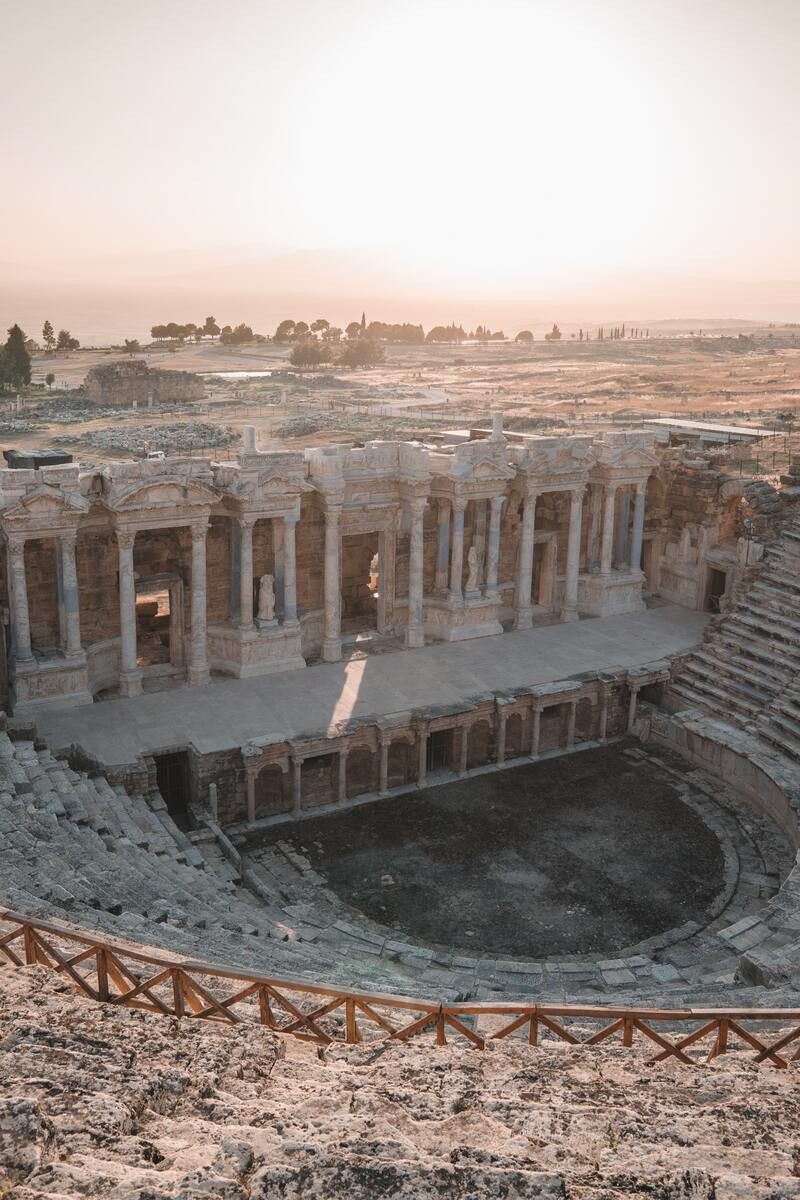Modern technology with its high-tech gadgets and devices is helping archaeologists and researchers from all over the globe uncover the mysterious ancient world. From robots that can dig the submerged ancient cities of the oceans, to cutting-edge VR technology that can recreate entire communities, today’s technology has allowed us to step back in time and understand ancient civilizations like never before.
People’s fascination with the ancient world has deep roots in our desire to find out who we once were in order to understand how we’ve evolved into the beings we are today.
The allure of the ancient worlds is mainly because of the enigma and ingenuity of old cultures. Over the years, this sustained interest in the unknown has led many industries to use the ancient world in order to make money. Be it imagery, or odes to historical figures through namesakes, there are loads of examples of ancient worlds being used in the modern-day.
Consider, for example, all the Hollywood films like Raiders of the Lost Ark and the blockbuster film series for The Mummy. Then, within the gambling industry, software providers have created many casino games that touch upon Nordic, Greek, and Egyptian mythology, taking players on crusades across exotic lands. One of the most successful slot games is the Ancient Egypt-themed Eye of Horus free play mode, which allows users to have a go without committed their own money from the outset.
These types of games use visuals and sound to recreate the atmosphere of those long-gone times, keeping people wanting more.

Geo-informatics
One of the most important technologies developed to get rid of conventional digging techniques, which are costly in both time and money, is the geographic information system (GIS). GIS is a system that stores and analyzes all types of data, connecting it to a map and integrating it with valuable location information. GIS is used in almost every industry, but it’s of particular interest for archaeologists because it can offer insight into the infrastructure below and, therefore, improve excavation.
In recent years, GIS has started being linked to 3D modeling techniques for a more detailed perspective of the ancient world. One example of such a project is the computer simulation of an entire Maya archaeological site from Copán, Honduras. The project used GIS resources and 3D-modeling tools to recreate the site down to the tiniest details, including architecture, roads, and the landscape around. The project has opened new doors into the ancient world for researchers while giving tourists and students the chance to explore virtual landscapes with a VR set.

Sound Navigation and Ranging
Sound navigation and ranging, usually referred to as Sonar, is a technology particularly useful for digging ancient shipwrecks and submerged cities. Researchers use it to create various maps of the underwater and develop nautical charts. Besides its use for safe navigation, archaeologists use it to analyze objects found on the seafloor, including ships and old statues, with the help of an acoustic signal. This signal tells scientists the range of the objects, as well as their orientation.
The technology has advanced a lot since its inception, becoming more powerful, especially together with other technologies. Now it’s capable of obtaining high-resolution images of distant objects and, when combined with Lidar, which stands for light detection and ranging, it can create 3D maps of the seafloor, as well as all the artifacts present on it.
All in all, the evolution of these technologies and others, such as autonomous underwater vehicles, scuba diving equipment, and air-and-ground-based photogrammetry, has helped researchers and archaeologists gather a better understanding of ancient civilizations and bring these to the masses. With technology at our disposal, the years ahead look more promising than ever, and it’s almost a guarantee that great discoveries are yet to be made.